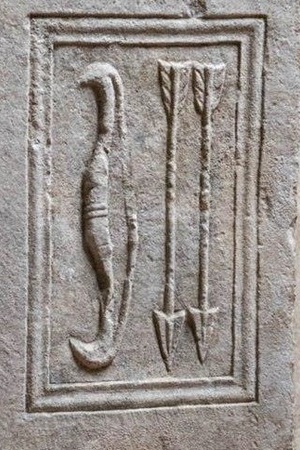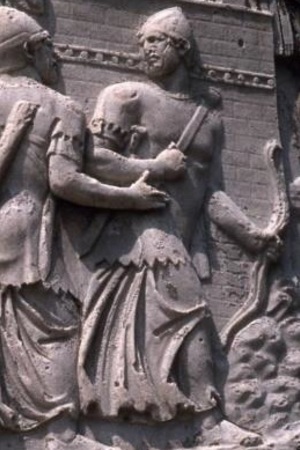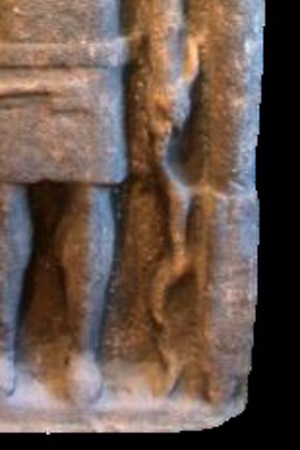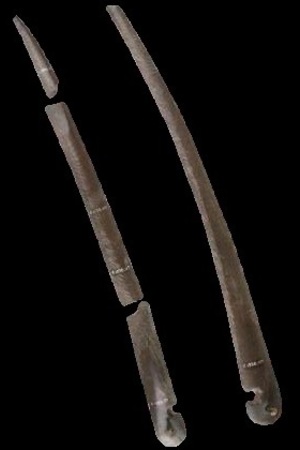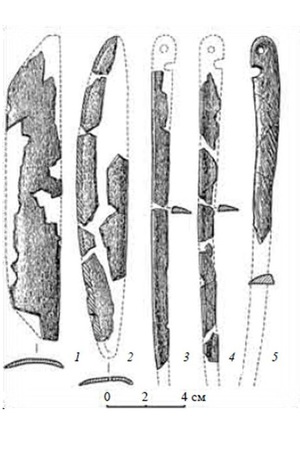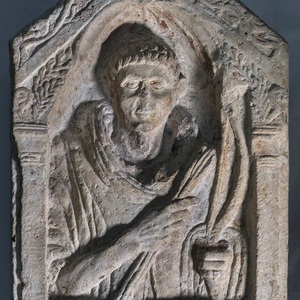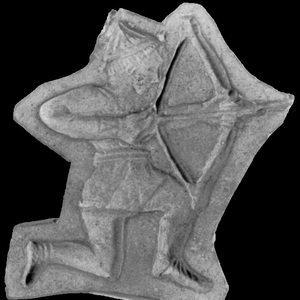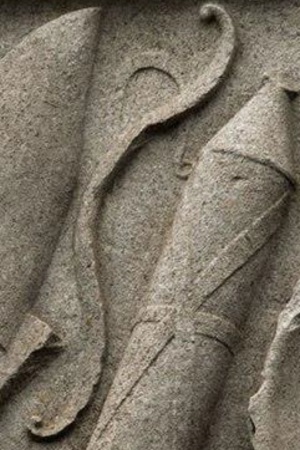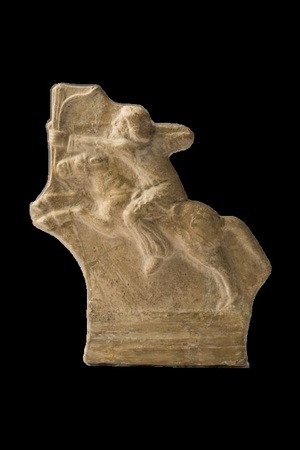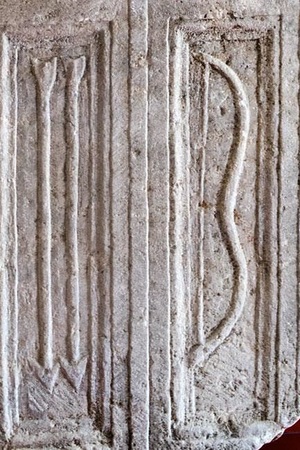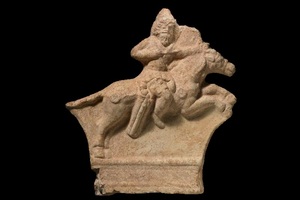Bow
A bow (lat. arcus) is a ranged weapon, designed for long-range attacks, launching arrows at enemies. For shooting, the archer pulls the string, thereby storing energy in the curved bow, then releases the string, and the bow, quickly straightening, converts the stored potential energy into the kinetic energy of the rapidly flying arrow. In ancient Rome, warriors who used the bow as their primary weapon were called sagittarii.
The range of an arrow depends on the design of the bow, the tension of the string, and the weather. On average, the range is up to 200 meters for a non-combat arrow (with a humanizer). With combat arrows, the maximum accuracy and range are naturally greater, but at such long distances, it is almost impossible to aim fire at individual targets, and most likely the sagittarii shot at group targets with salvo fire.
Bows are divided into simple and compound, but they all represent a bow with a string for throwing arrows. Simple ones were made from a whole piece of wood from the most suitable types of trees up to 1.5 m long. Composite bows were shorter, made from different materials: horn (inner part), wood (middle part), and glued animal tendons (outer side). As a result, the necessary flexibility, elasticity, and power are achieved by reducing the length of the bow itself. Also, such bows were usually recursive to increase power.
The string held special importance in addition to the base of the bow. The string is an elastic cord made from plant and animal fibers, used to bend the bow's staff. The string connects the two ends of the staff and serves to launch the arrow. It is desirable that the string weighs as little as possible, resists friction and moisture.
During antiquity, bows remained the main type of ranged weapon and underwent a number of significant improvements. In particular, heavy arrows with metal tips began to be used instead of light arrows with stone and bone tips, and the design of the bow itself became more complex, which achieved increased shooting power.
In Ancient Rome, the bow was primarily used by auxiliary troops (auxilia) and hunters. Perhaps the spread of the bow in the Roman army was influenced by wars with the Parthian Empire. Judging by pictorial sources, they used small recursive composite bows. The legionnaires themselves knew how to shoot from them, but did not use them in combat.
Other peoples in antiquity also used bows, and not only composite ones. It is assumed, for example, that the Celts and Germans used regular longbows for hunting, but they did not use them for warfare - this was considered the weapon of a coward, not a warrior. At the same time, for example, in Greece, bows were also used, including for conducting warfare as part of a regular army.
The compound bow transferred the tension energy into the kinetic energy of the arrow with the greatest efficiency, even without weights, giving the projectile about 30% more energy at the same tension as a wooden bow. Having significantly superior strength at the same length as yew, the compound bow was very reliable in operation. Its service life was measured in decades, and it could be transported in a combat-ready state, which was highly valued by the warriors. Of course, during long-term storage, the string was removed, as this still reduces the effective operating time of the bow.
It was with compound bows that most peoples of Asia, and Ancient Europe (starting with the Cretans) used. In Europe, starting from the 4th century, such bows were most successfully used in conquests by nomadic peoples - the Huns, Avars, Bulgars, and Khazars.
Manufacture
Even a "simple" wooden bow was not just a bent stick with a rope stretched over it. The bow was cut out of yew, ash, or acacia in such a way that it consisted of two layers of wood with different mechanical properties. Sometimes trees were specially grown for these purposes, preparing from the very planting to become the base of the bow. After it was cut down, the bow blank was aged under special conditions for several months. But the yew bow didn't last long — in a tense state, the wood quickly lost its elasticity and deformed, so the string on the wooden bow was only stretched before the battle.
A bow was called compound (composite) if it was glued from several species of wood or if the wooden base was reinforced with horn plates, that is, its base consisted of several parts. The main advantage of such a device was the simplicity of manufacture - there was no need for such careful preparation of the wood before the production of the bow. The reinforced bow withstood greater tension and served longer.
Also, the manufacture of a bow from several separate blanks of different lengths was practiced, similar to a modern leaf spring. Strength and elasticity were achieved by compressing these separate parts. The property of drying raw hides or steamed wood was used for compression.
Related topics
Sagittarius, Sagittarius-Gladiator, Quiver, Arrows, Technique of Archery
Literature
The composite bow - Mike Loades.pdf
Armament of the nomads of Gorny Altai of the Xiongnu period Khudyakov Yu S pdf
Arrows of Ancient and Medieval Cultures of Eurasia-Kishchenko In pdf

 Gallery
Gallery






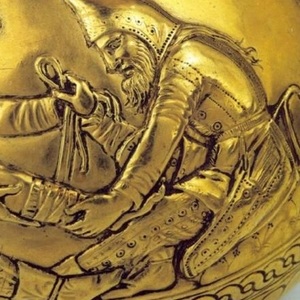 A golden vessel with images of Scythians. Kurgan Kul-Oba. Crimea, Kerch Peninsula. Inv. CO.No.-11. Displayed in the Golden Storeroom of the Hermitage. Second half of the 4th century BC
A golden vessel with images of Scythians. Kurgan Kul-Oba. Crimea, Kerch Peninsula. Inv. CO.No.-11. Displayed in the Golden Storeroom of the Hermitage. Second half of the 4th century BC